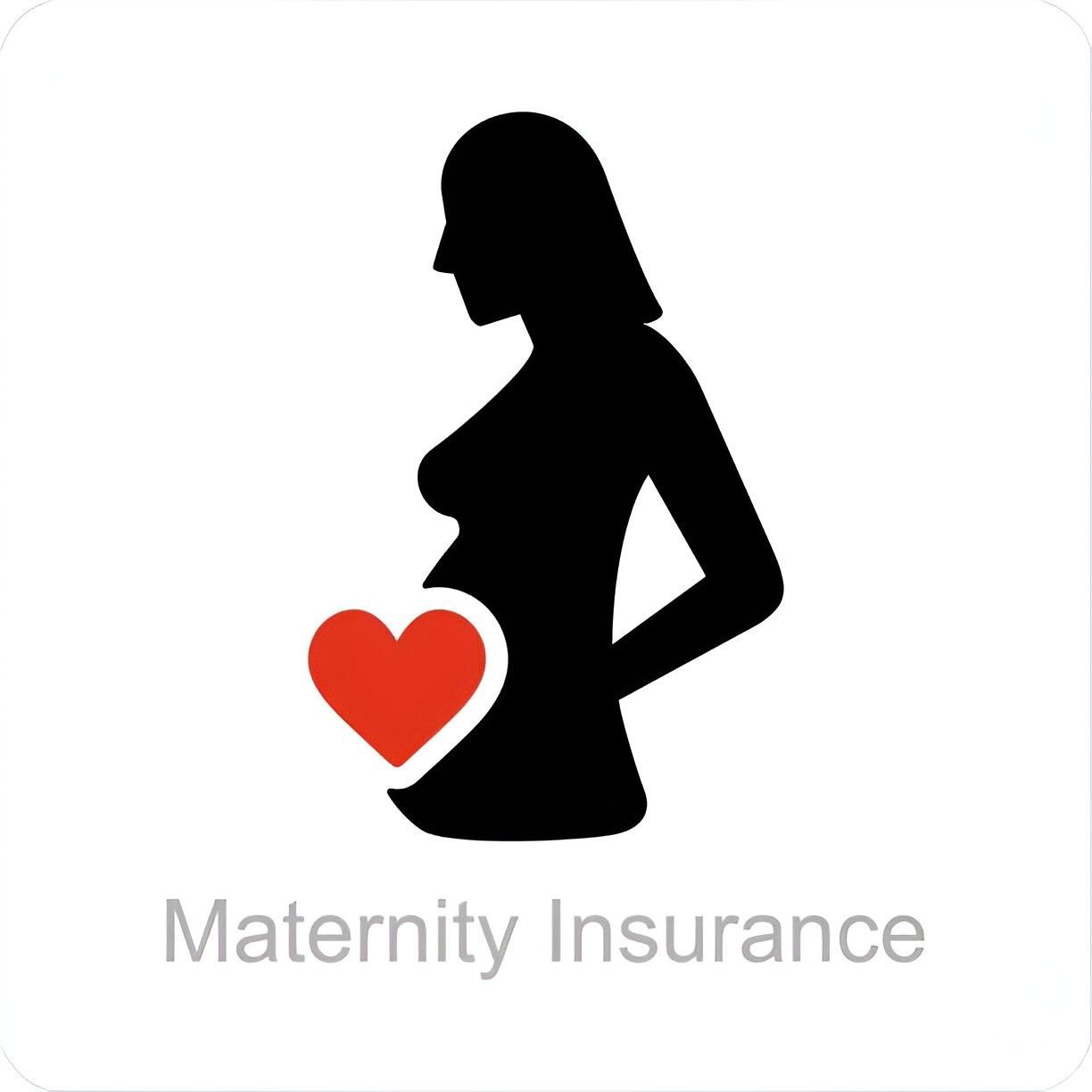Maternity health insurance is one of the most critical aspects of a family’s healthcare planning, particularly in the United States. Expecting a child is one of the most significant life events, but it also brings considerable financial responsibility. The cost of prenatal care, childbirth, and postnatal care can add up quickly. Without proper insurance coverage, these expenses can lead to significant financial strain. In this article, I aim to walk you through affordable maternity health insurance options, factors to consider when choosing a plan, and practical steps to find coverage that fits both your health needs and budget.
Table of Contents
Why Maternity Health Insurance Is Crucial
When I first started thinking about having a baby, I didn’t realize how expensive everything could be. From doctor visits to the delivery itself, the costs can be overwhelming. According to the U.S. Department of Health & Human Services, the average cost of a hospital birth in the United States is around $10,000 to $12,000 for a vaginal delivery and can exceed $15,000 for a C-section. This doesn’t even include prenatal care, postnatal care, and other associated costs such as labor medications or emergency interventions.
Maternity health insurance ensures that you have coverage for these essential expenses, and it provides you with the peace of mind that you won’t be financially burdened during this important time in your life. However, the complexity of insurance plans can make it difficult to understand what you’re covered for, what isn’t, and how much you’ll be expected to pay out-of-pocket.
What Is Maternity Health Insurance?
Maternity health insurance is a type of coverage designed to pay for the medical costs associated with pregnancy and childbirth. It typically covers a variety of services including prenatal visits, the delivery itself (whether vaginal or C-section), postnatal care for both the mother and the baby, and sometimes even services such as lactation consultations.
Under the Affordable Care Act (ACA), all health insurance plans offered in the marketplace must cover maternity and newborn care as one of the ten essential health benefits. This is a significant improvement from the past, when many plans excluded maternity coverage or required expensive add-ons for it. This means that, by law, maternity coverage is no longer an optional add-on and must be included in most plans, but the extent of the coverage and the cost-sharing options may vary depending on the insurance plan and provider.
Types of Maternity Health Insurance Plans
Choosing the right maternity health insurance plan can be overwhelming, but understanding the different types of plans available can help simplify the process. In general, there are two main ways to obtain maternity insurance in the U.S.: through private insurance and through government programs.
- Private Health Insurance Plans Private insurance is often provided through an employer or purchased directly from insurance companies. These plans can vary widely in terms of coverage, premiums, and out-of-pocket costs. There are two main types of private insurance plans: Health Maintenance Organization (HMO) and Preferred Provider Organization (PPO).
- HMO Plans: These plans generally have lower premiums and co-pays but require you to get referrals from a primary care doctor before seeing a specialist. For maternity care, this means that you would need to see an in-network OB-GYN or a doctor referred by your primary care provider.
- PPO Plans: PPOs are more flexible in that you can see any doctor without a referral, and you have more options in terms of choosing healthcare providers. However, these plans tend to have higher premiums and out-of-pocket costs.
- Government Programs If you meet certain eligibility requirements, you may qualify for government-sponsored health insurance plans, such as Medicaid or the Children’s Health Insurance Program (CHIP).
- Medicaid: Medicaid is a state and federal program that provides health coverage to low-income individuals, including pregnant women. Medicaid coverage typically includes all maternity-related services, including prenatal and postnatal care, labor and delivery, and hospital stays. Eligibility and coverage details vary by state, so it’s important to check with your state Medicaid office to determine what’s covered.
- CHIP: The Children’s Health Insurance Program provides coverage for children in low-income families, but it can also cover pregnant women in some states. Coverage can include prenatal care and childbirth, although it varies by state.
Factors to Consider When Choosing a Maternity Health Insurance Plan
When searching for affordable maternity health insurance, it’s essential to consider a few critical factors that will affect both your healthcare experience and your financial wellbeing. Here are some of the most important factors to keep in mind:
- Premiums and Out-of-Pocket Costs Premiums are the monthly amounts you pay for your insurance coverage, but this isn’t the only cost you’ll incur. It’s equally important to pay attention to out-of-pocket costs such as deductibles, copayments, and coinsurance. A higher premium may come with lower out-of-pocket costs, which can be useful if you anticipate frequent doctor visits and hospital stays.Plan TypePremiumDeductibleCo-PayCoinsuranceHMO PlanLowHighLowModeratePPO PlanHighModerateHighLowMedicaidLowLowLowLow
- Coverage for Prenatal and Postnatal Care Not all plans cover the full range of prenatal and postnatal services. Some plans may have limited coverage for prenatal visits, while others may include additional benefits like breastfeeding support, mental health services, and nutritional counseling. Make sure to review what is included in each plan’s maternity coverage to ensure it meets your needs.
- Hospital and Provider Network It’s essential to choose a plan that allows you to see the doctors, specialists, and hospitals you trust. Some insurance plans have narrow networks, meaning you may be limited to specific healthcare providers. If you have an OB-GYN or preferred hospital, confirm that they are in-network before choosing a plan.
- Maternity-Specific Coverage Details Look at what the insurance policy covers in terms of labor and delivery. Some plans may cover the cost of a vaginal delivery but not a C-section, or they may have higher deductibles and copays for certain types of delivery. Additionally, check whether the policy includes coverage for necessary newborn care, which is a critical part of maternity coverage.
- Eligibility for Special Programs Some health insurance plans offer special programs for expectant mothers, including prenatal vitamins, free screenings, and access to lactation consultants. These programs can significantly improve your maternity experience, so check to see what’s available.
How to Find Affordable Maternity Health Insurance
Finding affordable maternity health insurance often requires a bit of research and comparison. Here are some strategies I recommend:
- Compare Plans During Open Enrollment The Health Insurance Marketplace opens for annual enrollment periods where you can shop for different insurance plans. Use this time to compare plans, premiums, and out-of-pocket costs. This is a great opportunity to find affordable coverage that includes maternity care.
- Check If You Qualify for Medicaid If your income is low or moderate, you may qualify for Medicaid, which provides comprehensive maternity coverage at little to no cost. Each state has different eligibility criteria, so check your state’s Medicaid website for specific details.
- Consider Your Healthcare Needs Before choosing a plan, consider how often you’ll need medical care during your pregnancy. If you expect complications or plan on using certain providers or hospitals, you may want to prioritize plans with higher premiums but lower out-of-pocket costs to minimize your total healthcare expenses.
- Use a Health Insurance Broker If you’re feeling overwhelmed, consider working with a health insurance broker. Brokers can help you navigate the complexities of insurance plans, compare coverage options, and find affordable maternity health insurance that fits your needs.
Conclusion
Affordable maternity health insurance is a crucial tool in managing the high costs of pregnancy and childbirth in the U.S. By understanding the different insurance plan options available, considering key factors like premiums, deductibles, and provider networks, and comparing plans, you can find the right coverage for your needs. Whether you opt for private insurance through your employer or purchase coverage on the Health Insurance Marketplace, or you qualify for Medicaid or CHIP, the goal should always be to ensure that you and your baby receive the best care possible without breaking the bank.





